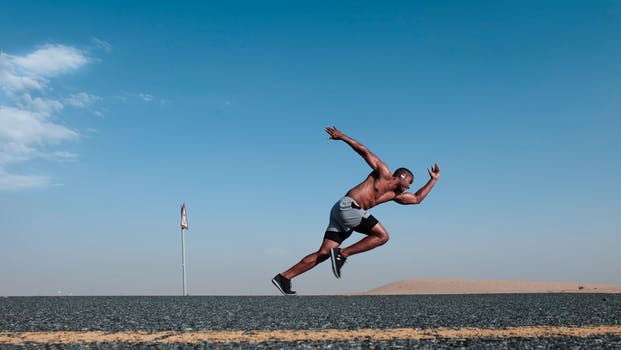A number of sources recommend using specialized weightlifting shoes (as opposed to running shoes) when performing the Olympic lifts, squats, and overhead lifts. Weightlifting shoes (see below for an image) have an elevated heel and are made of rubber or wooden soles, which means they are very stable while lifting. By comparison, running shoes (and most workout shoes for that matter) are cushioned, so there is some movement which in theory could be problematic during the Olympic lifts. This is something that sounds good and is widely used and preached. I have a pair of these shoes from my Olympic lifting days as well. Having said that, I’m not aware of any research actually looking at this beyond anecdotal practice.
Kimitake Sato and others published a study in the January 2012 issue of the Journal of Strength and Conditioning Research looking at the impact of weightlifting shoes and running shoes on back squat performance. The authors recruited collegiate athletes and had them perform two sets of five reps at 60% of 1-RM with weightlifting shoes and with running shoes. The subjects were filmed while performing the squats.
The results indicate a number of interesting things:
• Squats with running shoes resulted in a trunk lean 10% greater than squats with weightlifting shoes.
• Squats with weightlifting shoes resulted in a foot segment angle that was 10% greater than running shoes.
The greater trunk lean and reduced foot segment angle from the running shoes may be a result of the athlete “sinking into” the shoes as a result of the cushioning of the shoes. The trunk lean information is important for two reasons. First, greater trunk lean results in more stress on the lower back. Second, greater trunk lean takes the emphasis off the knee extensors and makes the squat more of a hip-dominant exercise. This is important for powerlifters, but is problematic for Olympic lifters and many bodybuilders (i.e. it’s the difference between a low-bar squat and a high-bar squat). The foot segment angle is important because it may result in greater recruitment of the knee extensors. While this exists in theory, it is not something that the authors measured.
To my knowledge, this is the first study to look at weightlifting shoes versus non-weightlifting shoes and how they impact lifting. It needs to be remembered that the subjects are using very light weights (60% of 1-RM) and the results might be very different with heavier weights, stronger/weaker subjects, and different types of athletes.
Sato, K., Fortenbaugh, D., and Hydock, D.S. Kinematic changes using weightlifting shoes on barbell back squat. Journal of Strength and Conditioning Research, 26(1), 28-33, 2012.




